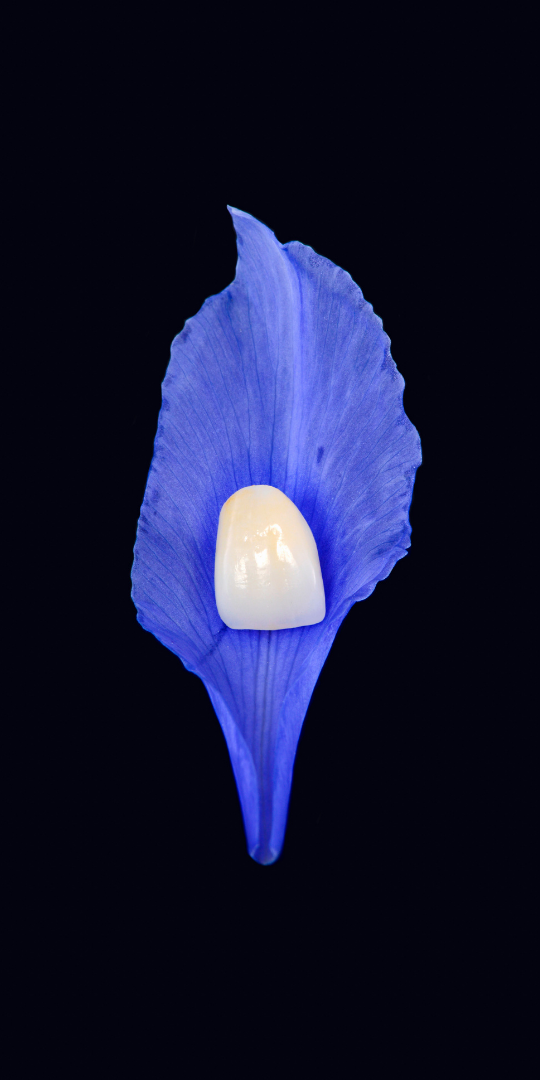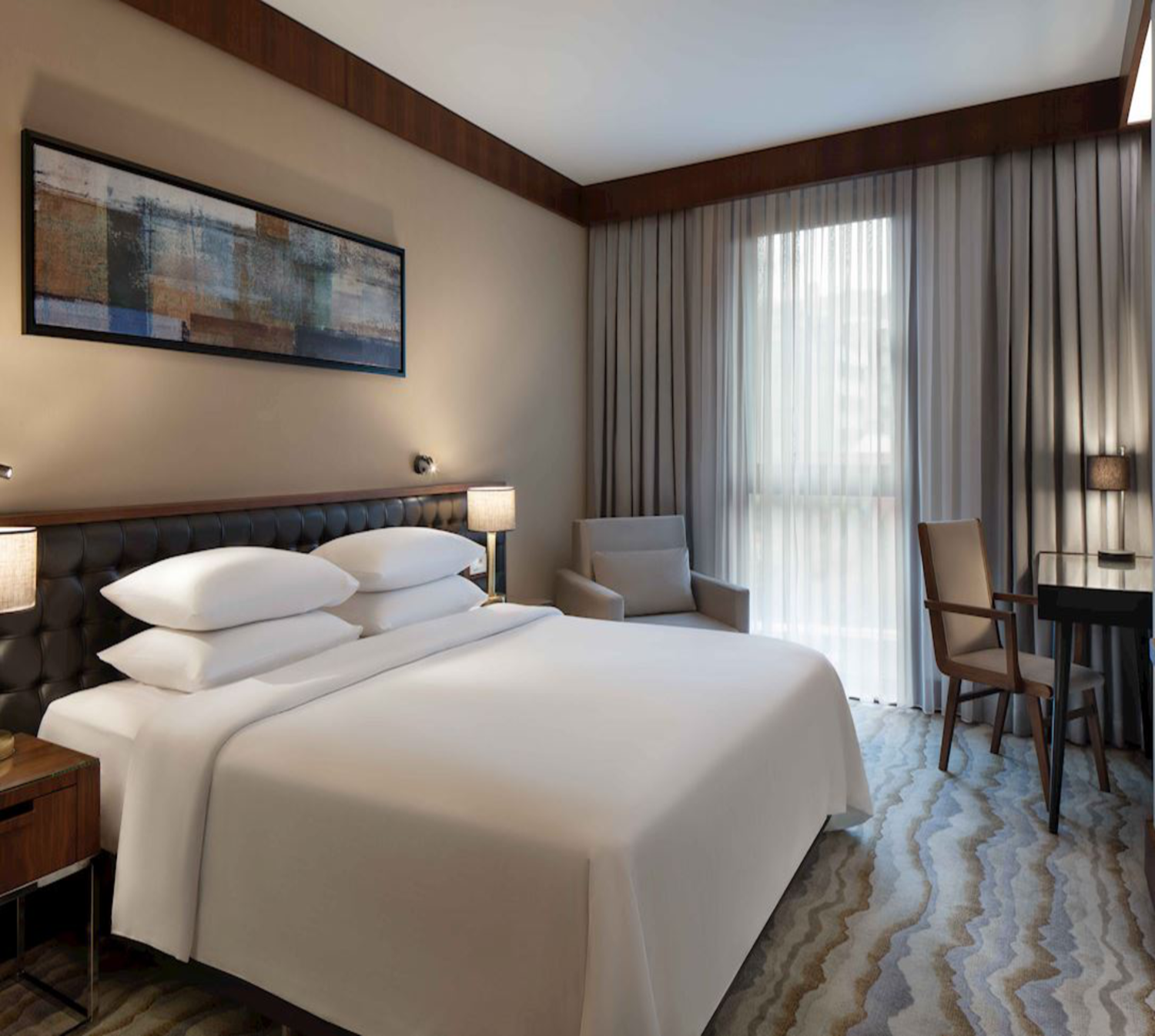Porcelain Veneers
Make an Appointment
Online Schedule
IntroductionWhat For?
The stationary prosthesis used to restore the tooth form in decayed and damaged teeth is a metal-supported porcelain veneer. Metal components composed of chromium, nickel, or gold are utilized in porcelain veneers supported by metal to carry the biting power. When a tooth is extracted, a porcelain veneer with a metal support is typically placed over the veneered implant to treat decay and fractures in the back. The resistance and excellent force-bearing capacity of the metal-supported veneer are the main justifications for applying it to the posterior region. Metal-supported veneer is found to be suitable for application to teeth broken following root canal therapy in general, to teeth injured after large tooth-fillings, after making the necessary preparations for holding the fractured teeth in place.
How is it administered?
The tooth’s edges are minimized on all sides. For the reduced tooth, a thin metal hat is made. Since the metal framework is covered in porcelain that matches the color of the teeth, it is invisible when you smile or open your mouth wide. Due to the bottom metal infrastructure’s matt reflection and discordance with the gingival, it is no longer suitable for the anterior teeth.
Whom is it administered?
When there is insufficient tooth support in the area, it is utilized to restore stoppages. Metal-supported veneers may be used to secure the weak teeth. The top sides of the dental implants are made of a veneer supported by metal. For teeth that are unsightly or have decaying, flavescent, or broken surfaces, metal-supported veneers may be applied.

IntroductionDuration
Four sessions are required at the very least for the porcelain crown preparation.
Preparing the teeth and the measurement:
A complete mouth measurement is taken after minimizing the number of teeth that need to be repaired in accordance with the therapy.
Infrastructure try-on:
The metal infrastructure, which is made of metal or zirconium and produced using the mouth pattern discovered by laboratory measurement, is tried on inside the mouth and matched.
Porcelain try-on:
The porcelain, which is created using lab-built infrastructure, is fitted within the mouth and matched with the opposing and neighboring teeth as well as the necessary controls. After that, it is taken to a lab for polishing. If there is an unfavorable aesthetic, this session may be repeated.
Polishing and cementation:
The last time, the restoration that was polished in the lab is tested within the mouth. Following the patient’s approval and assuming there are no issues, the restoration is affixed to the tooth.








